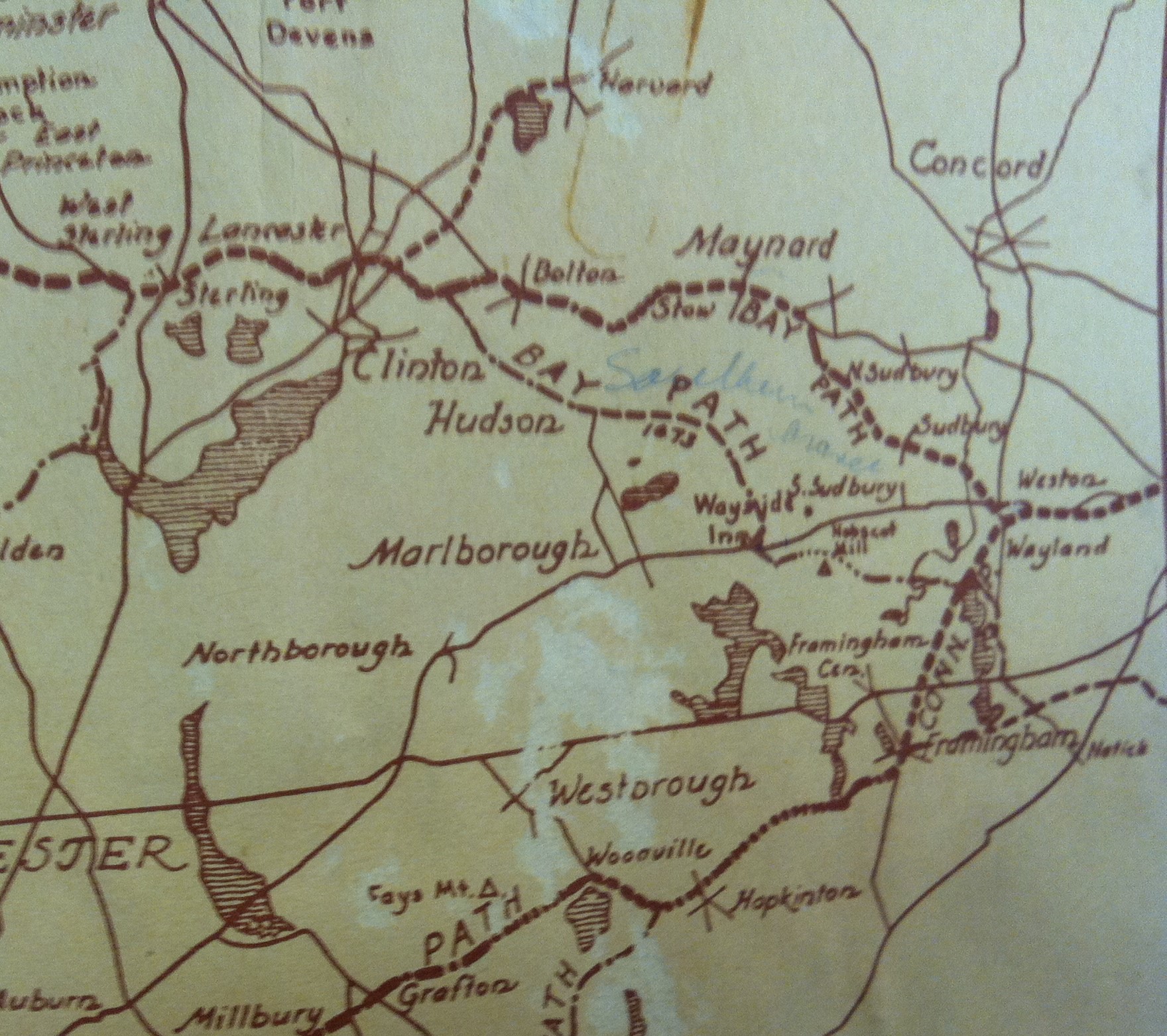Hemp
Snowmobile Rentals
Assa you better get some customers here quick the snow is melting fast
Four Barrels of Cider
 Colonial Period (1739-1775)
Colonial Period (1739-1775)
How Big is Lot 1?
What is the acrerage of Lot 1, 3E-33?
How much Frontage does it have?
Old Lancaster Road

Like many another American town, Lancaster finds its origin in an Indian trading post. Although no contemporary mention appears of this, the first mercantile enterprise on Lancaster soil, it must have been founded before the autumn of 1643. Whether it preceded, or was subsequent to, the purchase of eighty square miles of land from Sholan, cannot be told. Both Symonds and King so soon disappear from the scene that they have been commonly treated in our history as mere real estate dealers, who sold their bargain at the first advantageous offer. Is there not in the scanty facts which follow, heretofore ignored, something that suggests rather trouble, sickness and disappointment, than the harvesting of profit? Continue reading “Old Lancaster Road”
Old Bay Road or Path(s)

Old Bay Road does not appear to make it all the way to the bay any longer. What Bay you ask. Well the Massachussetts Bay, you know that’s why we are known as the Bay State.
Back in the Day we were not all that creative with street names, in fact street names and especially street numbers are a fairly modern invention.
In 1673 the roads were named for where they went. Lancaster Road, Concord Road, Marlboro Road, and the really important ones were know as paths. The name a road went into town with was not necessarily the name it left town with. That’s why you see major roads that are obviously contiguous change name at the town-line. Paths on the other hand might be colony-wide, like the Old Connecticut Path or one of the many Bay Paths. Most of the Mother Towns like Lancaster had a Bay Path that lead back to Boston like the Hub of a Wheel.
Did the Natives consider Boston the Hub of the Universe too?
What is the importance of 1673?
Roundheads and Regicides

The Regicide’s Grave- This grave in the Lower Village Cemetery is believed to be the burying spot of William Goffe, “Stow’s Regicide.” Goff was one of the generals in Oliver Cromwell’s army in England who signed the death warrant for King Charles I in 1649. With the restoration of the monarchy in 1660, his life in peril, he fled to New England. A man identified as “John Green” subsequently appeared in Stow (one clue that he was Goffe: Goffe’s sister was married to one of the town’s original proprietors) and lived out his life operating a small business. “Green” asked that he be buried in an unmarked grave under an immense slab to prevent his body from being disturbed. When researchers opened the grave in the 1930s, they found a skeleton with the head and hands missing – presumably taken as proof for the £50 bounty on his head. Continue reading “Roundheads and Regicides”
Mayflower

It was this time of year
They lived on board until Spring
If you think its cold now you don’t know about
Wet Ass Brooke
Little Miss Dunn sat on the fence run
She leaned over to pick up a clover
She lost her perch and was late to church
Lest she look like “Wet Ass” Brooke





